Zoom Q3HD with a Stick-on Wide Angle Lens
I’ve posted before about positioning the Q3HD for better audio when recording acoustic guitar. The other day I remembered the dinky little wide angle lenses available for pocket video camcorders and started doing a little research. I wound up ordering one from Photojojo.com.
Here’s the package:
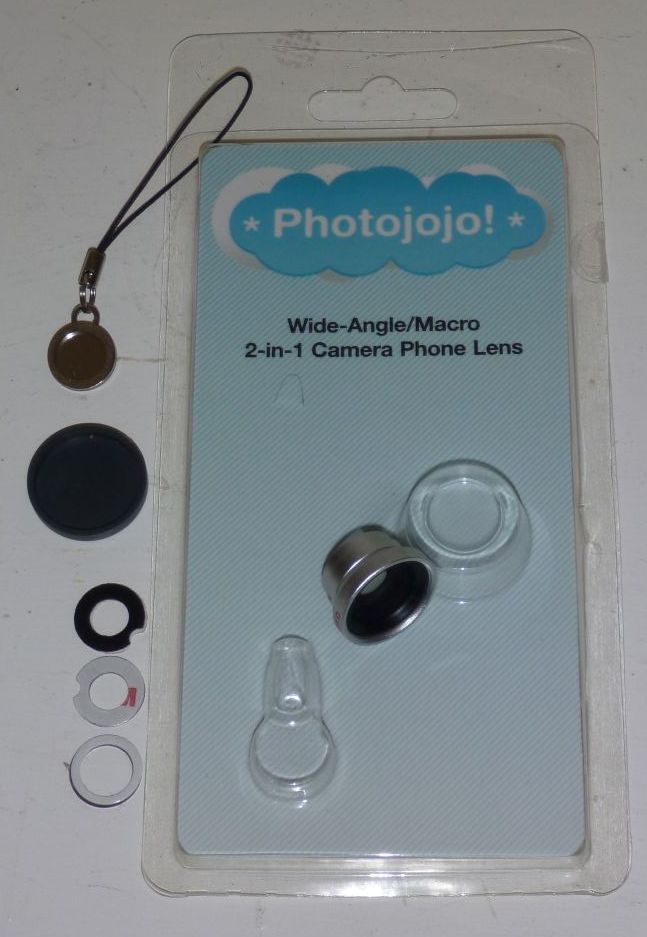
Lens along with some magnetic circles and the covers
The lens comes with covers for both ends and magnetic circles in two sizes, with sticky backing on one side.
The lens mounts by glueing one of the magnetic circles to the lens cover of the Q3HD, then sticking the lens to the magnet. Here’s the magnetic circle in place:
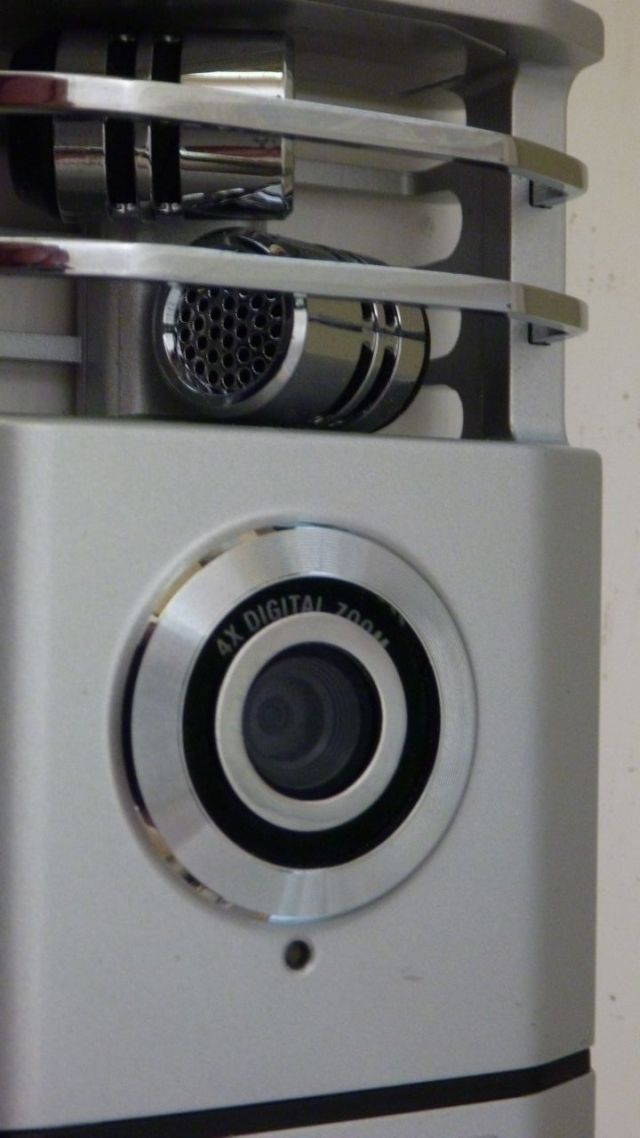
The little metallic circle is a magnet with a stick-on backing
Once the magnetic circle is in place the lens snaps on and off:
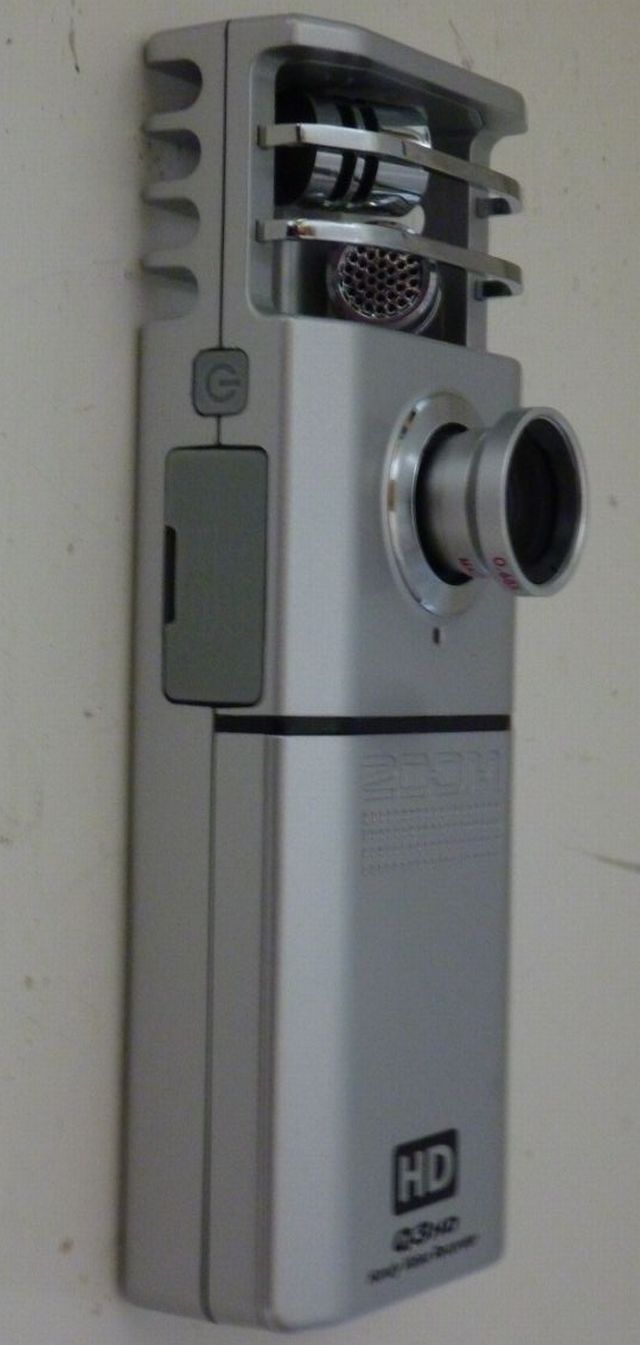
Here's the lens mounted by sticking to the circle magnet.
Using the lens reduces the light and causes vignetting, a shadow effect in the corners. Here are a couple of shots with and without the stick-on wide angle lens in place:
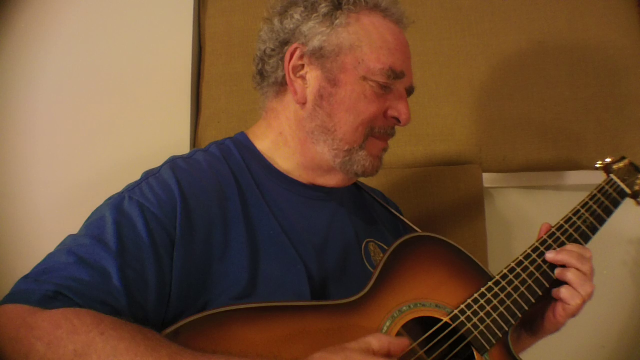
With the lens in place note the vignetting
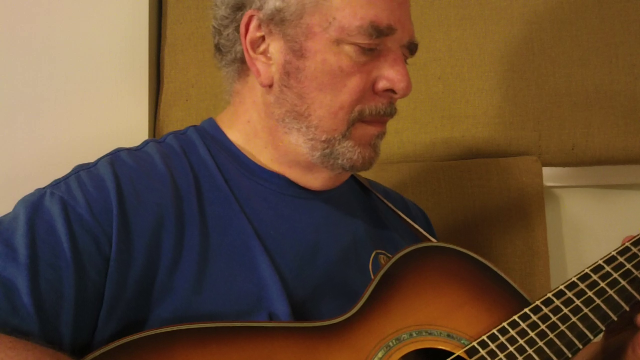
No wide angle, no vignetting, better picture quality
Here’s a video showing the Q3HD in action with the stick-on wide angle lens.
As I said in the video, I’m not sure how much I’ll use this trick, but it was interesting to evaluate how much we can improve the audio of our Q3HD with this fairly simple trick.
This entry was posted on Monday, October 24th, 2011 at 7:03 pm and is filed under Video. You can follow any responses to this entry through the RSS 2.0 feed. You can leave a response, or trackback from your own site.
Zach said in post # 1,
on November 28th, 2011 at 9:06 am
Hi Fran,
Excellent review – I’ve been contemplating picking one of these up. Question, I’m getting ready to start recording some live shows of local and independent musicians. Is it possible to audio from the mixing board directly into the Zoom Q3HD?
For the next show I am recording it’s a seated audience acoustic singer/songerwriter set with percussion and the booth is about 20′ from the stage and 15-degrees from center-stage. So I was thinking I could get decent video and solid audio input from the board. What do you think? I also have a Zoom H2 that I was going to place somewhere in the room to pick up room recording.
Fran Guidry said in post # 2,
on November 28th, 2011 at 10:45 am
Zach, thanks for stopping by and commenting.
It is possible to take audio from the mixing board into the Q3HD, but you should be prepared to deal with the fact that the Q3HD line in can easily be clipped by normal mixing board outputs. If the output you’re using does not have a level control you may need an external attenuator or pad of some kind. This seems to be an issue with all the Zoom recorders including the H2 and H2n.
The biggest factor in video quality is light – if you have plenty of light the Q can deliver nice video, but club and concert lighting will often leave you with a grainy image. The Q is, after all, a very low end video camera, and only the very high end offer much in the way of low light performance.
I think it’s a good idea to capture the room sound along with the direct board sound. I often find that just a small amount of room sound mixed in adds a lot of realism to a board mix.
Fran
Zach said in post # 3,
on November 29th, 2011 at 9:22 am
Hi Fran – thanks for the response. Do you have any recommendations for a good camera that actually performs well in low-light concert situations? I just tested out the Q3HD in some different lighting scenes in my house and with different modes: auto/concert, diffuse light behind, light above, decent lit room — the recordings were all terrible. I think it’s going to have to go back.
Fran Guidry said in post # 4,
on November 29th, 2011 at 10:40 am
Might I ask what you’re using for a comparison when you describe the video as terrible?
The cameras I know that have a reputation for low light performance are the Sanyo Xacti HD2000 (out of production and rather quirky) and the top Panasonic consumer cams (TM900, TM700, TM300). Basically, good low light performance costs money.
The other route to low light shooting is a video capable DSLR with a fast lens. Panasonic is the leader here as well, the Lumix GH2 is the tool of choice, with the fastest lens possible at the focal length you need for your projects. Sony and Olympus are also in this market, along with Nikon and Canon. The “real” camera guys have not addressed the video side as strongly as the newcomers, however.
Fran
Fran Guidry said in post # 5,
on November 29th, 2011 at 10:41 am
Oh, and I should mention that the audio quality on all these cameras is fairly marginal, so you’ll need a separate audio recorder and the ability to sync in post if you want high quality sound.
Fran
Thomas Toften said in post # 6,
on December 25th, 2011 at 9:24 am
Hi there, only helpfull information ive found about hte q3hd is here. Im having a problem with mine, the video… Sucks, ive tried everything but i cant get the same quality you get. My cellphone camera (htc desire z) films video with twice the quality.
I think there may be something wrong with my q3hd, its insanely grainy, with dark vertical lines and moving things leave a pretty annoying black after image.
Tried all the different settings with no luck. Do you think there is something wrong with my product or am i expecting to much/using it wrong.
A reply would save my Christmas. 🙂
Fran Guidry said in post # 7,
on December 25th, 2011 at 10:08 am
Hi, Thomas, sorry to hear that your Q3HD is giving you such problems. One of my blog posts compares the Q3HD to the iPhone 4 and the Zoom looks better to me. If you cell phone is taking better movies than your Q3HD _in the same light_, shooting at the same time, using all the default settings, then I would say your Zoom has problems and should be returned.
I hope your Christmas turns out OK anyway.
Fran
Thomas Toften said in post # 8,
on December 25th, 2011 at 12:56 pm
Thank you for such a quick reply! 🙂
That was what i had hoped to hear.
Will return it for a new one.
Merry Christmas.
Thomas
david Hizon said in post # 9,
on August 30th, 2012 at 12:44 am
hi sir is that a 0.68x wide angle lens cos i have only seen in the site that you gave us 0.67x cos ihave the same problem with camera so near…..pls i need your advice which angle do i need to buy thnk u
david Hizon said in post # 10,
on August 30th, 2012 at 12:46 am
i have seen some they put outside the big circle not near inside the circle sir i need your help thnk u have a good health God bless you
Fran Guidry said in post # 11,
on August 30th, 2012 at 10:18 am
I’m sorry, I haven’t spent much time researching these stick-on lenses. As far as the difference between .67 and .68 I don’t think it would be noticeable. I know nothing about other lenses that attach to a larger circle.
I wish I could help you but I can only give information about the items I have personally used.
Fran
david Hizon said in post # 12,
on August 30th, 2012 at 8:18 pm
no its ok it helps thank you so much GOD bless
Gerar said in post # 13,
on January 23rd, 2017 at 2:16 am
Hi!,
Thanks for the nice review.
I’ll like to buy this, but which do I’ll need to choose? Universal, iPhone 5 or 6?
Thanks in advance
Fran Guidry said in post # 14,
on January 23rd, 2017 at 10:24 am
Sorry, I haven’t looked at this in years. I can’t offer any advice on your purchase.
Fran